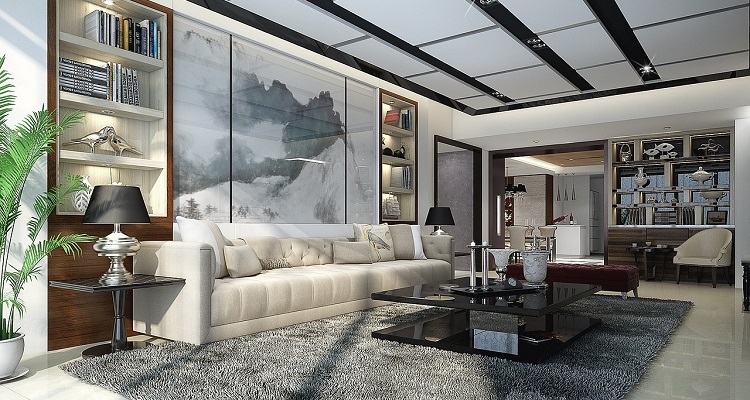A growing number of modern men and women strive to live a more conscious life. That includes being mindful regarding the impact we have on things around us and vice versa, without skimping on comfort and efficiency. This kind of sensibility coupled with the tendency towards smart living goes hand in hand with actively seeking ways to be as green as possible, in the most practical ways possible.
If only there could be one thing that combines sustainability, functionality, comfort and pleasing aesthetics… Well, there is – modular design.
How Is It Good for the Environment?
One pivotal aspect of this modern house design method is that the building process takes place off site and consequently causes no noise pollution. Next, modular homes are kind to the environment since they are built with eco-friendly building materials. Also, the use of recycled materials is very high. The off-site construction method makes for less waste. Simply put, with this type of construction you can be sure that you are investing in a sustainable process from day one to finish.
Air infiltration is much lower in modular homes and that prevents heat loss. This is done on purpose since due to the convenience of these homes being constructed in a factory, the manufacturer is able to include more sealants in the form of caulking. The main difference is that in a factory there’s more access to problem areas that site builders aren’t able to detect. For instance, manufacturers are in the position to create a better seal around electrical outlet and fixtures – they can access the walls from all sides (behind, above and underneath).
How Can It Extend the Comfort Offered by Traditional Design?
Modular design allows maximum sound isolation through the use of thick four season glass (the type typically used for sunrooms Another benefit that comes from this type of glass is that it deflects the infrared and ultraviolet sun rays, while letting all the warmth and natural light in. Next, the roofs modular modern house design offers are optimised for solar panel installation. This can allow you to live in an energetic independent house, if that’s your goal.
Modular design is upgradable and flexible too. For instance, with this type of architecture, you can replace or add more module without affecting the rest of the system. Another advantage are the tools manufacturers have access to in a factory as opposed to on the site. This includes manufactured jigs meant to ensure that all walls, floors and ceilings are square and straight. Furthermore, interior walls are lag-bolted to the exterior ones and there’s bracing and insulation installed on every electrical outlet box and there are straps that brace the wall to the floor for adding strength.

What about Furnishing and Organisation?
Modular design and modern interiors go hand in hand. In light of that, much like many owners of traditionally built homes, modular homeowners choose to adorn their spaces with textural finishes and earthy tones. Perhaps, the reason behind this is to succeed in making homes feel more honest and true. Apart from that, the subtle and refined palette provided by the mix of concrete and natural materials makes for a balanced, simple and homely look. This includes the use of crisp whites, pebble greys, cool concrete shades and dark and light timber hues. This way, the colours used in exterior facades can be carried through inside. All of this amounts to a sophisticated type of cohesiveness infused with depth.
There’s no denying that timber, whether used externally or internally, has the power to take the aesthetic appeal up a few notches. This is best done through the use of natural growth rings, gum veins and ambrosia since this is what gives the different types of timber a more unique look and character. Staining the timber can also create a deeper, richer colour, suitable for those who prefer the rustic look that reveal wear and tear – the beautifying impact of time.
Modern design in general puts a lot of emphasis on space-saving and so does modular design. In short, every single nook and cranny in the majority of these homes features storage options and provides multi-purpose functions.
Does It Come at the Expense of Creativity?
“Productivity wants to travel in the straightest line possible and never wants to do the same thing twice.“ Yes, modular design, much like design in general, comes with certain constraints, but there’s creativity too.
The systematic character of all this is here to make things easier for the creative part, as in manufacturers don’t have to start every project from scratch and that leads to much greater efficiency. It also encourages the practice of reusing. The systematic aspect makes for fast which ensures consistency, which is the base for eliminating concerns and strengthening usability. This way, architects and manufacturers can come up with better solutions to a repetitive problem and the result can become a foundation upon which novel things are combined in various different ways.
The post The Rise of Modular Design: Smart Union of Highly Beneficial Aspects appeared first on Terelee Homes Improvement, Decor & Kitchen Blog & Ideas.